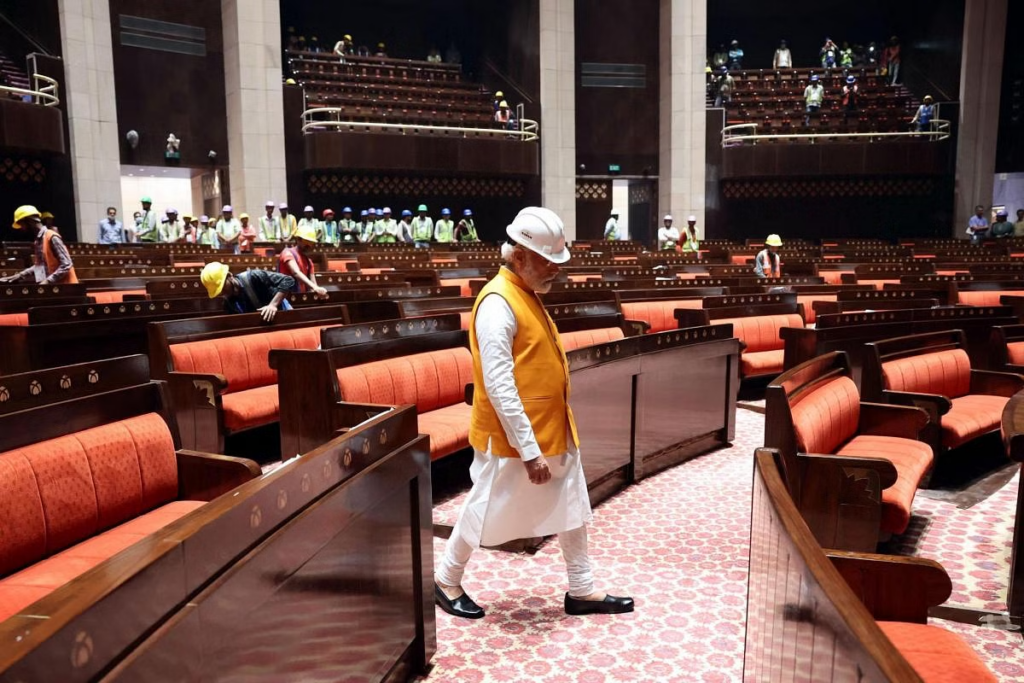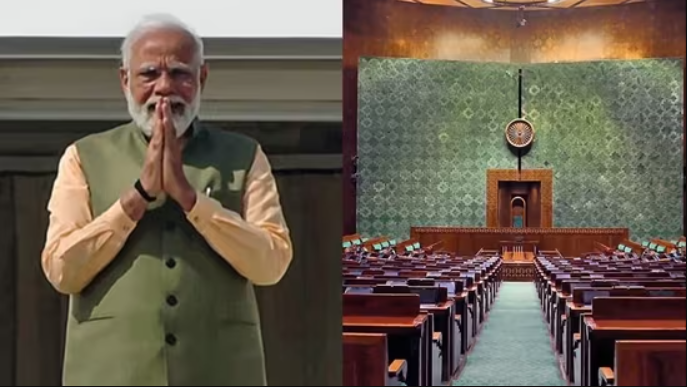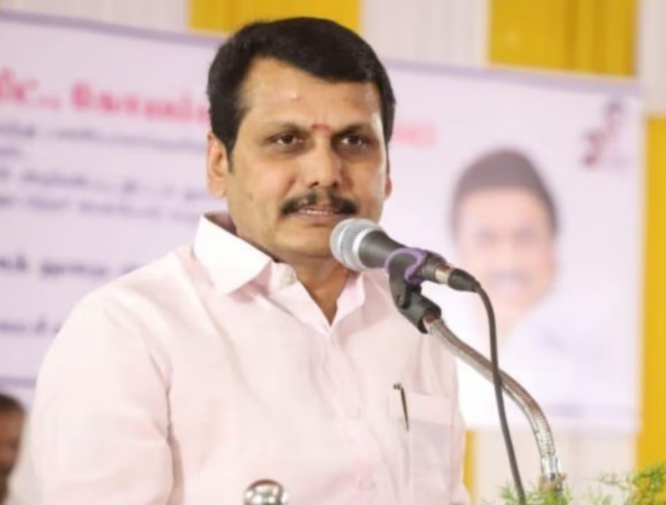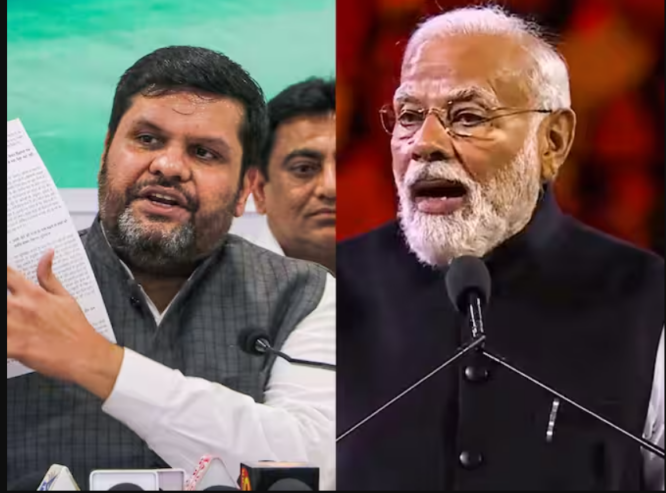On Friday, a highly anticipated first glimpse of the new “iconic” parliament building, which will be inaugurated on May 28 by Prime Minister Narendra Modi, was released. The video shared by PM Modi depicts a Lok Sabha with an entrancing peacock motif. The capacious chambers, outfitted with cutting-edge communication technology, can comfortably accommodate hundreds of legislators.
In a tweet, the Prime Minister stated, “The new Parliament edifice will inspire pride in every Indian. This video provides a glimpse of this famous structure.”
Additionally, he encouraged citizens to share the video with voice-overs using the hashtag #MyParliamentMyPride.
“I have a special request – please add your own voiceover to this video to impart your thoughts. I’ll retweet a number of them. “Remember to use the hashtag #MyParliamentMyPride,” he added.

Three prominent national symbols are incorporated into the interior design of the space: the lotus, the peacock, and the banyan tree.
The New Parliament Includes
The Parliament structure, which is triangular in shape and four stories tall, encompasses a total floor area of 64,500 square meters. The structure is accessible through the Gyan Dwar, Shakti Dwar, and Karma Dwar primary gateways.
Tata Projects Ltd, the company responsible for constructing the new Parliament structure, has incorporated a number of notable features into its design in order to highlight India’s rich democratic history. In addition, there will be a designated leisure area for Members of Parliament, a well-stocked library, multiple committee rooms, capacious dining areas, and sufficient parking for visitors.
In addition to being outfitted with modern technology, the new Parliament building has significantly more seating capacity and overall space than its predecessor. It accommodates approximately 500 more seats than the previous structure, with a total of 1,272 seats in two chambers.
The hall of the Rajya Sabha, designed in the style of the national flower of India, the lotus, can accommodate up to 384 individuals. Similarly, the Lok Sabha hall, which was inspired by India’s national creature, the peacock, has a capacity of 888 seats.
In accordance with the principle of inclusivity, the new Parliament building is Divyang-accessible, allowing people with disabilities to move freely and independently. The design incorporates accessibility features, giving priority to the requirements of individuals with disabilities.

In addition, the Parliament building is designed to complement an open atrium, which will serve as a space for members to interact, and will feature the banyan tree, the national tree of India.
Installation of ‘Sengol’ and Significance
The ceremonial sceptre ‘Sengol,’ which was presented to the first Prime Minister Jawaharlal Nehru in August 1947 to signify the transfer of power, has been moved from the Nehru Gallery in the Allahabad Museum to Delhi for installation in the new building of Parliament, according to a PTI report.
The historical sceptre, constructed of silver with a gilded coating, will be displayed close to the Lok Sabha Speaker’s chair.
During the ceremony to dedicate the new Parliament building, Prime Minister Modi will accept the Sengol sceptre from an Adheenum representing the non-Brahmin Saivite order of Tamil Nadu, according to Union Home Minister Amit Shah.
Adheenams, whose lineage dates back over 500 years, played a crucial role in sanctifying the transition of power during the Chola period, and their involvement continues to the present day.
C Rajagopalachari requested that the leader of the Thiruvavaduthurai Adheenam in the then-Madras Presidency (Tamil Nadu) conduct a similar ceremony signifying the transfer of power from British to Indian hands. The original five-foot-long ‘Sengol’ sceptre was crafted by jeweler Vummidi Bangaru Chetty at the request of the Adheenam chieftain.
The official website of Vummidi Bangaru Jewellers contains information about the sceptre, as well as an uncommon photograph of Nehru that appears in a brief film about the Sengol.
Notably, two individuals involved in the creation of the original Sengol, Vummidi Ethirajulu (96) and Vummidi Sudhakar (88), are anticipated to witness the inauguration of the new Parliament building.




